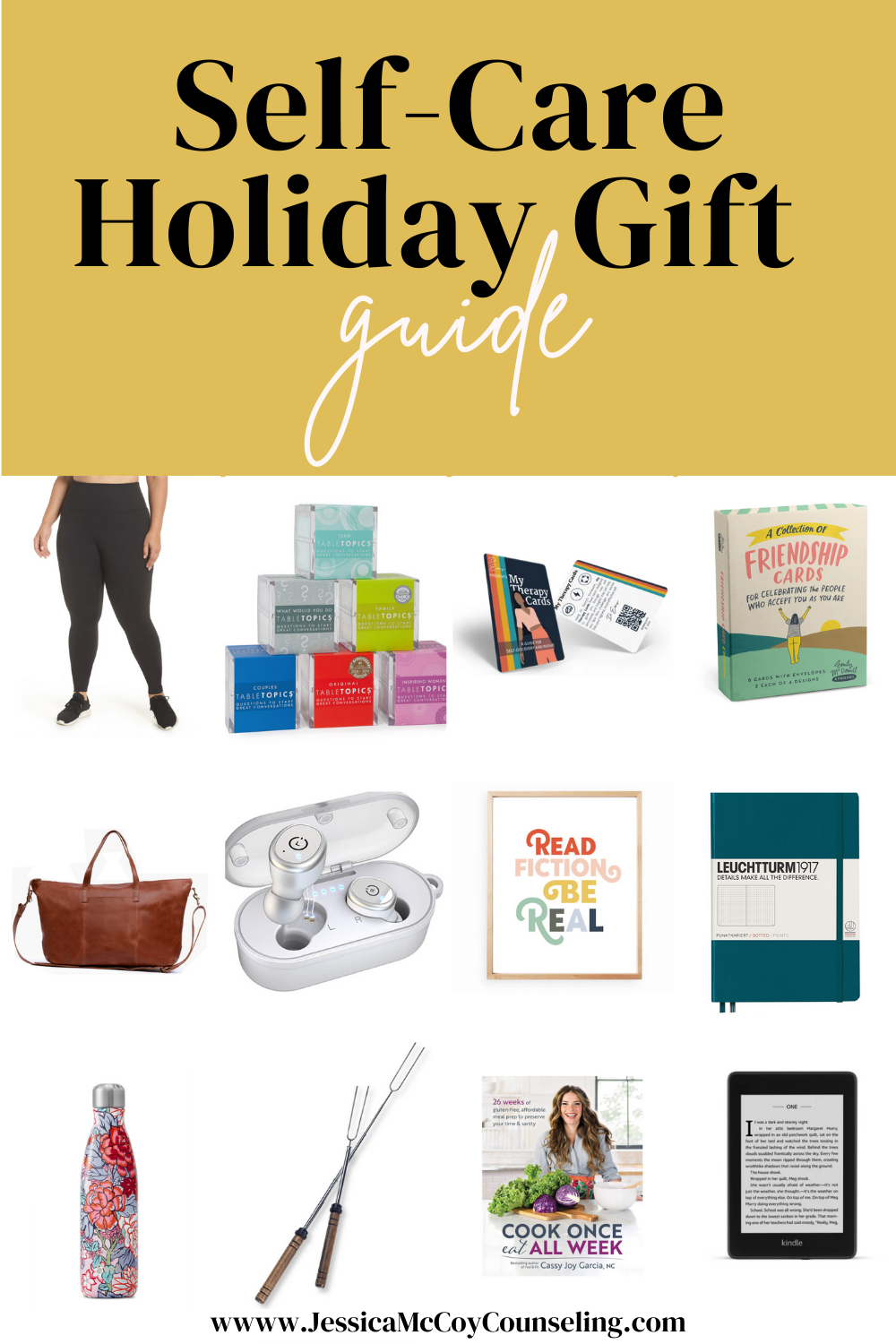Five Ways to Connect with Your Child During Advent
/Every year Christians of various traditions celebrate a season called Advent. Advent occurs during the weeks leading up to Christmas day and comes from a word that means "arrival." This season is a time when Christians look back and remember the arrival of Jesus on the earth in the form of a baby. They also look forward in hope trusting that Jesus will one day arrive again. In the meantime, we wait for this arrival.
If you are like me, then you are not good at waiting. When I have to wait, I get restless and distracted. I can even get impatient. But I am learning that waiting can also be good for me. When I have to wait, I am forced to remember and reflect on what is most important. Waiting creates space for me to connect to God and to those around me.
For that reason, I want to encourage you in this season of waiting to intentionally connect with those around you. Specifically, allow Advent to be a time when you are fully present with your children. Create space and time to strengthen the bonds with your family. Making time to connect with your family is often hard during the busy holiday season, but maybe being present with your family is the best present you can give. Here are 5 ideas of how you can connect with you children during Advent.
1. Share with your children the stories of their births/adoptions.
Birth stories are powerful stories because they begin to answer the question of “Who am I?” These stories help form their identities. They begin to create the narratives your children will continue to write for the rest of their life. They need to hear you tell their story.
One of the beautiful parts of the birth story of Jesus is that it wasn’t a perfect story. His story had highs, lows, hopes, and fears. Can you imagine Mary sitting him down and telling him about the time they had to run from authorities just to keep him alive? Can you imagine how that one story might have given him strength when the authorities were after him later in life?
One of the beautiful parts of the birth story of your child is that it wasn't perfect either. His or her story also had highs, lows, hopes, and fears. You may be tempted to skip over the hard parts because that feels kinder when telling your child his or her story. But there is power in not glossing over those difficult moments. Recounting the lows gives your child a chance to connect to you by helping them acknowledge that life can be hard. You are acknowledging that we can do the hard parts together. Can you imagine the power of telling your child how scared you were when the doctors took him to the NICU, but then how proud you were of him for being so strong when you were able to take him home? Can you imagine how that one story might give them a new confidence to be resilient later in life?
Help your child to see that life contains hard moments, but that you still love them no matter what. Let them know that you were nervous because you had never had a baby before, but then you and Dad got the hang of it. Or share that you were so excited to adopt her, but you were afraid that the 8-hour plane flight home would be scary for her. These stories will connect you to your child in powerful ways.
Healthy connection is loving someone through the highs and the lows. Give your child the gift of knowing that you waited for them. Give them the gift of letting them know you still love them no matter what. They will not forget these stories.
Connection Tip: Look for times when you were able to meet your child’s needs and share those moments with your child. “You had a tough time falling asleep, but then I figured out that you liked to sleep swaddled in a blanket. You slept so much better after that.” You are sharing that you are able to tune into what your child needs and then provide exactly what is needed.
Connection Tip: When you bring up the harder moments of your child's birth story or adoption, do not label your child's behavior as negative. "You were such a crier" does not foster strong connection and negatively shapes your child's view of self. Instead, reflect on what was hard, but share it with empathy and compassion. "The first couple of days were tough because you kept crying, but then the doctor explained that you had reflux. Then we changed what you ate and in a couple days you felt better."
2. Use the Advent calendar for connection activities
There are lots of ways to celebrate the weeks leading up to December 25th. One great way is to look for opportunities to regularly connect with your kids.
This list of activities gives a few ideas about how you might create playful times of connection for your family. Click here for your free Advent printable.
Connection Tip: Don't think you have to do every idea. Look over this list and use the activities that you know would be a good fit for your family. If you cannot do something every day, then at least try to find a way to make your connection times regular.
3. Share an Advent reading series with your children
Reading with children is an incredible way to connect with them. If you don't have a children's Bible then I highly recommend the Jesus Storybook Bible. Make daily reading time with your child a routine and ritual to create a rhythm of connection for your family.
Connection Tip: A consistent nightly routine provides children with a felt sense of safety. There will be times that require flexibility, but when children experience a predictable routine they know the "cues" that it is time to go to sleep.
4. Practice noticing curiosity with your children
Help them to ask questions and strengthen their own curiosity. There are a lot of questions you can ask; but also notice when they ask a question and engage the question. For example, you might read the story of Jesus' birth and ask them what they think it was like for Mary and Joseph to wait for Jesus. Ask them: what is it like to wait for something that is exciting?
Or when they ask you about the barn where Jesus was born, then engage them. Follow up with questions about what it might have smelled like, sounded like, or even felt like? This activity allows your children to begin to ask their own questions about faith and to do so alongside their parents in a connected way.
Connection Tip: As a parent, use your own curiosity to better understand your child's behavior. Ask curious questions about your child's behavior instead of assuming motives. Instead of "you are just trying to get into trouble" try asking, "I am curious to know why you made that choice." Being curious allows you to connect first and get a glimpse of your child's world.
5. Write your family’s story
There are multiple accounts of the birth of Jesus and his family’s story. One of my favorite children's books on the genealogy (or family tree) of Jesus is by Andrew Peterson. After reading those, then take time as a family to write down your own. Connect through sharing stories about grandparents, aunts, and uncles to create your own family’s story. Family narratives help shape a child's identity, like birth stories, by giving a child a glimpse of his or her heritage. You might even think about creating a video to share them with extended family members.
Connection Tip: Modeling healthy connections with extended family members helps children to see that there are other safe adults to connect with outside of their parents. They begin to see they have a strong support system.
Connecting Through Advent
May this season of Advent be a blessing to your family. Being fully present with your family during the holiday season is a gift that no one else can give your family. If you are still feeling stuck or disconnected with your children, then feel free to send me an email at Jessica@JessicaMcCoyCounseling.com and we can schedule your free 15-phone consultation.






















